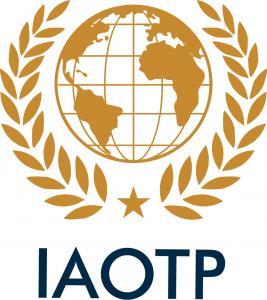When “no,” is not an option.
TORRANCE, CALIFORNIA, UNITED STATES, December 21, 2023 /EINPresswire.com/ — In 2005, their government contract was discontinued because they were told by the government that all the major industrial players had concluded that all-composite linerless tanks simply would not work. Today they are scheduled to land the first commercial tanks on the surface of the Moon after passing over 150 tests by NASA, SpaceX, Intuitive Machines, and the Kennedy Space Center.
In 2004-5, Microcosm and its sister corporation, Scorpius Space Launch Company (SSLC), were working with the government on low-cost launch. The program had started in the 1990’s and was going well, but the government decided not to continue it because the major industrial players had concluded that all-composite tanks were simply not viable and couldn’t work in space or at high pressures. There was no point in spending more money on a tank that couldn’t work. Microcosm believed that it could be made to work and used the profit from the government contract to build and successfully test all composite linerless tanks. They have since sold their entirely new tanks to many space companies and used them in multiple space programs. They now have an expected launch window in February 2024. They can become the very first commercial tanks on the surface of the Moon.
What was the secret? This is a real story and not a fairy tale, so we won’t tell you the answer. We will tell you that the tanks are both much lighter and much stronger than metal tanks, such that they can be used as the overall structure of the spacecraft (thus saving even more weight) and can have external components or internal baffles built as part of tank and not bolted or glued on. They have been built and tested with operating pressures up to 3,000 psi with a safety factor of 2. They have successfully passed over 150 tests by NASA and the launch vehicle and spacecraft contractors and will be the first commercial tanks on the Moon if the schedule is maintained. All-composite components are becoming a part of the future of low-cost space.
What’s Next that Can’t be Done?
Dr. James Wertz is the President of Microcosm, CoB of SSLC, and a member of Astronautics faculty at the University of Southern California (USC). He has taught courses in reducing space mission cost at USC for over 20 years. He has just completed a course in a near-term, low-cost commercial lunar settlement capable of generating very high commercial profits. Of course, this requires both dramatically reducing cost and increasing income. The main elements of reducing cost are using oxygen from the Moon as one of the propellants, using a low-cost launch vehicle such as the SpaceX Starship, and doing much of the work on the Moon in an enclosure rather than in a spacesuit out on the surface. This, in turn, allows many new approaches to “humanize” spaceflight and increase income, including lunar tourism, using He3 from the Moon for radioactive-free power on Earth, creating an International Lunar University, and saving mankind in the event of a nuclear or climate disaster. For more information on either tanks or lunar settlements, contact [email protected].
The “tank that couldn’t be built” is now scheduled to be the first commercial tank on the Moon in January, 2024.
For more information, contact: [email protected] or 310-913-0625.
Mike Mena
MICROCOSM
+1 310-913-0625
email us here
![]()
Originally published at https://www.einpresswire.com/article/676698657/the-tank-that-couldn-t-be-built-is-now-scheduled-to-be-the-first-commercial-tank-on-the-moon-in-february-2024





